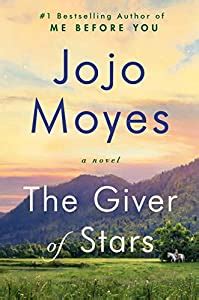Hawley, Samuel. Daikon. New York : Avid Reader 2025. Print. First Sentences:
Major Edward T. Houseman left his barracks tent at 8th Avenue and 125th Street -- the Columbia University district -- and headed down the crushed coral roadway in the direction of Times Square. It was eleven o"clock at night and a half-moon was rising, painting the island bluish gray. He passed a row of Quonset huts on his left, backed by miles of runways for the B-29s.
Description:
It's rare for me to find a book that completely satisfies all my criteria for a great book: strong characters, captivating plot, challenging setting, and wonderful writing. Daikon by Samuel Hawley is my most recent find. I'm so happy to share it with you.
Each of these four elements in Daikon (plot, characters, writing, setting) force you to keep going, paragraph after paragraph. You simply must find out what's going to happen next, what choices will the characters make, what obstacles, frustrations, triumphs, and dangers will they next face, what the outcomes will be, and how wil they and their world be affected. It's kind of like forcing yourself to watch a thriller movie from behind your fingers placed over your eyes. You have to find out, but you fear what you might see/read. In Daicon, it not a bloody scene you anticipate; it's the on-the-edge-of-your-chair outcome, whatever it might be, to every situation on every page.
Here's the scenario and a very brief intro to whet your interest. In the waning days of World War II, Japan's cities and population have been devastated by continual American and Allied bombings. Many in the Japanese government as well as among the people, are ready to surrender. Others, however, feel giving in would be the ultimate in humiliation and are prepared to rally a pro-Japan resurgence with similarly-minded people, including some military, even if it means overthrowing the Emperor and his government.
Through an accident, days before the dropping of the atomic bomb on Hiroshima, an American plane crashes in Japan. It was on a mission to drop the first nuclear bomb on a Japanese city, the premier display of the bomb's power. After the American plane crash, this bomb falls into the hands of the Japanese. However, they are uncertain exactly what this odd-looking device actually is and what its use might be.
So how do the Japanese unwrap its secrets? Are there even any scientists left in their devastated country who might be able to decode this weapon? And ultimately what do the finders of this tool plan to do with it before Japan crumbles and surrenders?
The rest of the story focuses on the Japanese people involved with these challenges: a scientist, his wife, the army commander, and a lowly navy enlisted man. Together and separately, they embody Japan's dreams, skills, and dedication. What keeps you reading is trying to discover the outcome created by these people on the lost American bomb and possibly the War itself?
That's what will keep you up long into the night.
As you might sense, this is a special book, completely gripping on every level. You just cannot walk away from these fascinating, often ordinary, but committed characters as they face challenge after challenge.
Get it. Read it. And savor the storytelling skills of Samuel Hawley. Highest recommendation.
[If this book interests you, be sure to check out:]
Conaway, Janes. American Prometheus
Highly-detailed history of the United States' Manhattan Project, which was tasked to secretly develop, test, and make available, in a very short time span, an atomic weapon before the Germans do.
Happy reading.
Fred
Click here to browse over 470 more book recommendations by subject or title (and read the introduction to The First Sentence Reader).










